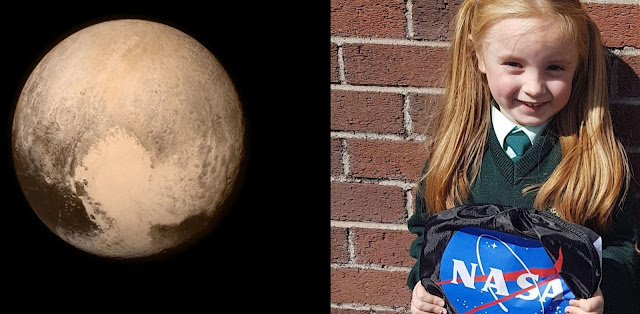Asteroid Warning: NASA Discovers Ten ‘Potentially Hazardous’ Rocks Close To Earth
NASA has been working determinedly to find dangers that Earth face from space, and has said that it has discovered 10 new asteroids which it considers could damage life on Earth.
This vital discovery was made by NASA’s asteroid identifying mission – Near-Earth Object Wide-field Infrared Survey Explorer or NEOWISE.
Amy Mainzer, NEOWISE main researcher from NASA’s Jet Propulsion Laboratory in Pasadena, California, said:
“NEOWISE is not only discovering previously uncharted asteroids and comets, but it is providing excellent data on many of those already in our catalog.
It is also proving to be an invaluable tool in in the refining and perfecting of techniques for near-Earth object discovery and characterization by a space-based infrared observatory.”
On top of the 10 “potentially hazardous” objects, NASA says that they have discovered 97 others pace rocks and observed a baffling spike in comet activity.
Emily Kramer, a NASA Postdoctoral Program Fellow at JPL and lead author of paper on the NEOWISE study stated: "Comets that have abrupt outbursts are not commonly found, but this may be due more to the sudden nature of the activity rather than their inherent rarity.
"It is great for astronomers to view and collect cometary data when they find an outburst, but since the activity is so short-lived, we may simply miss them most of the time.”
The discovery come soon after a team of Czech scientists cautioned remains of asteroids which could annihilate whole countries are hidden in the Taurids meteor shower.
The surprising finding means that scientists may not be able to detect the massive space rock buried in the annual Taurids meteor shower until it is too late.
According to the team of researchers, one of the remains might hit Earth in 2022, 2025, 2032 or 2039 during the yearly meteor shower.
Researchers from the Astronomical Institute of the Czech Academy of Science said: “Since asteroids of sizes of tens to hundreds meters pose a threat to the ground even if they are intrinsically weak, impact hazard increases significantly when the Earth encounters the Taurid new branch every few years.
Further studies leading to better description of this real source of potentially hazardous objects, which can be large enough to cause significant regional or even continental damage on the Earth, are therefore extremely important.”

Comments
Post a Comment